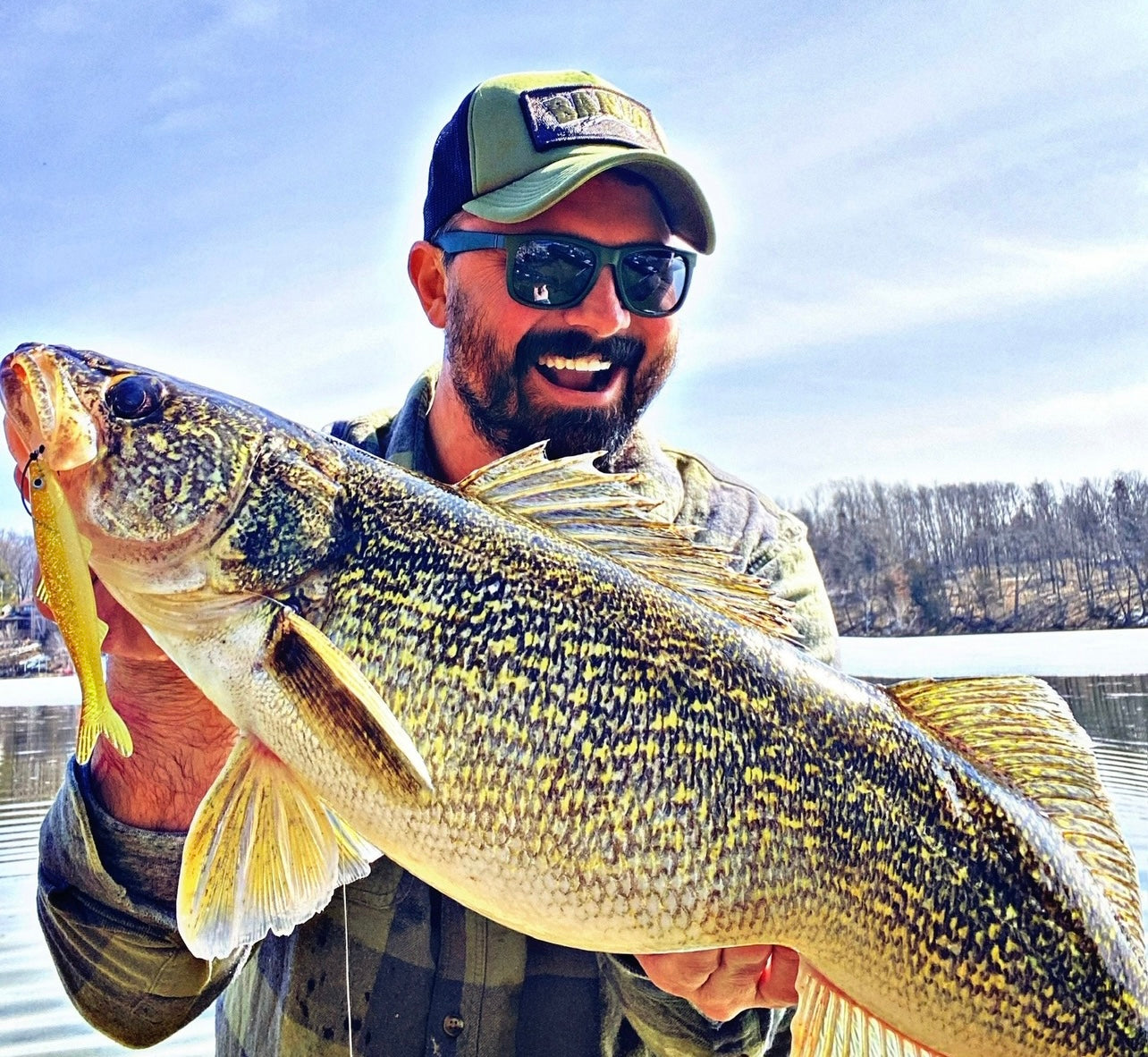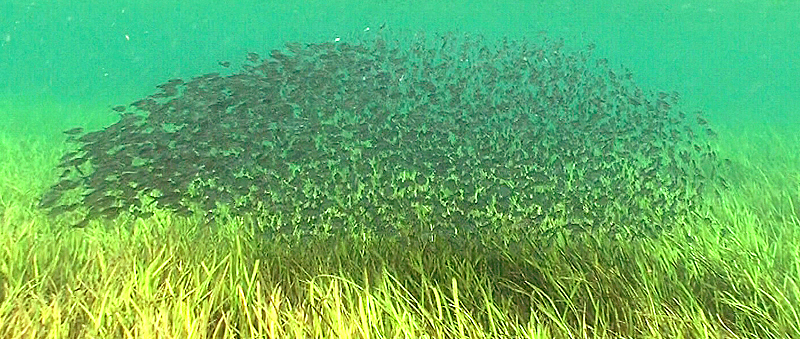Walleye Behavior: Seasonal Patterns and Feeding Habits

Walleye, the elusive freshwater predators that keep anglers on their toes, have some fascinating feeding habits that can make or break a fishing expedition. These sought-after game fish, known for their tasty fillets, have special eyes that are equipped with a reflective layer that turns low-light conditions into prime hunting time. They're popular up north and a lot of fun to catch.
Let's talk about preferred prey. Walleye aren't picky eaters, but they have a soft spot for live prey. Minnows, crayfish, and small fish are their favorites. To lure them in, you've got to play the game. Mimic the real deal with your lures, and you're more likely to reel in a big one. The Banjo Minnow, known for it’s life like movement and realistic profile would be a great choice for those who prefer using soft plastics over live bait.
When it comes to timing, think of walleye as seasonal eaters. Spring brings them into shallower waters for spawning, and that's your cue to cast your line. The Jig and Minnow technique is popular amongst anglers this time of year, threading a live minnow onto a jig head. A similar approach can be done with the Banjo as well. During the spring to summer transition, when the mayflies hatch and start to swarm, walleye fishing is arguably at it’s best. Coming up on shallow rock humps to gorge on mayflies. In summer, they head for deeper spots, so you'll need to adjust your strategy. Come fall, they're on a feeding frenzy, bulking up for the winter chill.
Now, for the practical stuff. Trolling and casting are your go-to moves. Trolling with crankbaits is always a good idea, especially when you’re trying to find these fish. Night fishing from the bank is a fun idea too since walleye can see very well in low light conditions. Load up your tackle box with an assortment of crankbaits, jigs, and soft plastics such as Banjo Minnows to keep things interesting. And don't forget your fish finder if you are offshore, that’ll help for sure when targeting these fish on reefs and other offshore structures.
This is just a bit about these fish. In a nutshell, understanding walleye habits is like having a backstage pass to their underwater world. Whether you're an early bird or prefer the evening bite, knowing when and how these fish feed adds a whole new level of excitement to your angling adventures. So, gear up, hit the water, and let the walleye games begin!




